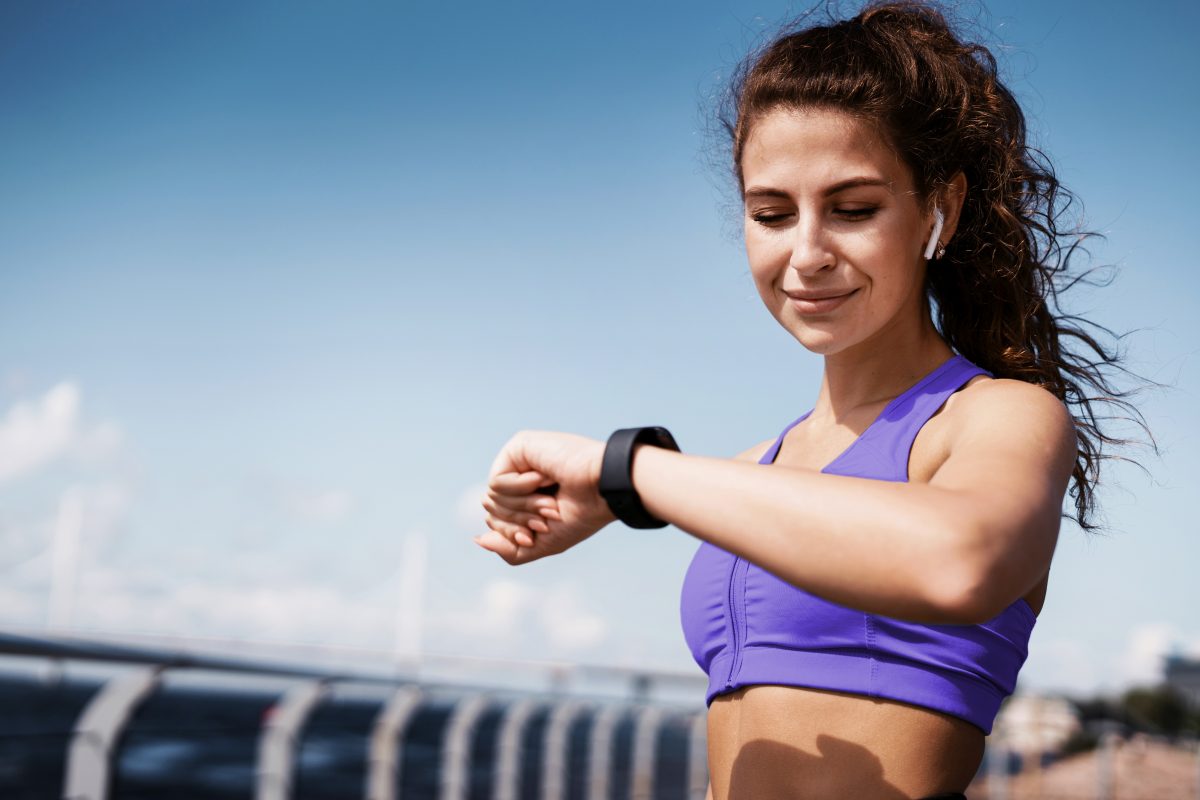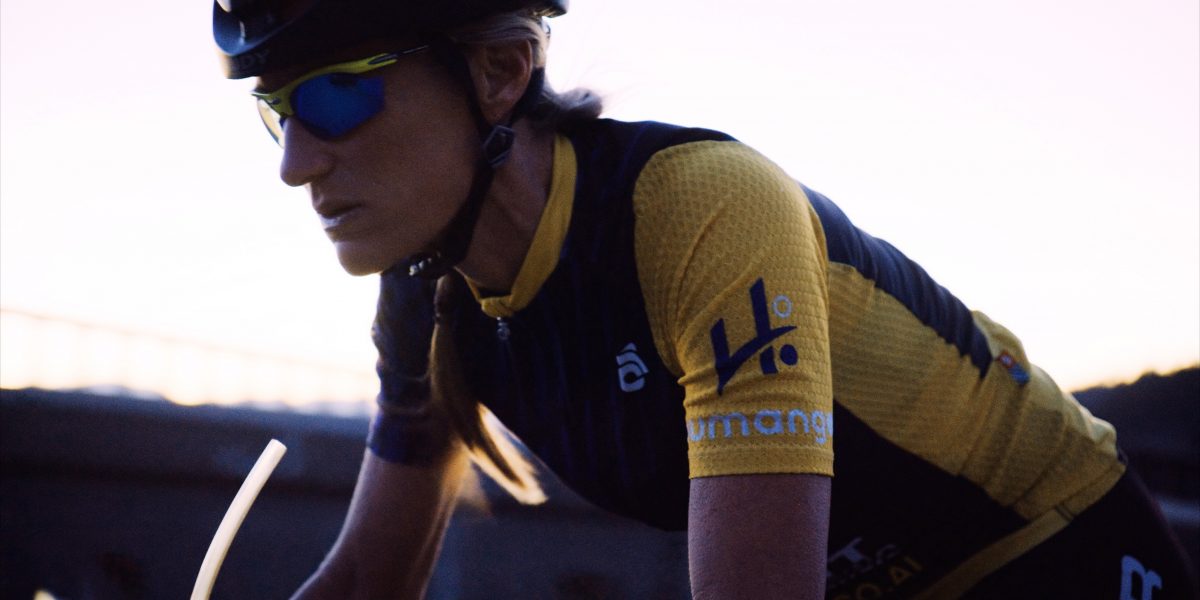At first glance, the time demands of work and family make the idea of training for and finishing a triathlon feel like a fantasy. Even more fantastic? Training to be competitive in a triathlon. Well, it’s no fantasy — getting to and flying through your next triathlon while managing a career and a happy family can be done. All it takes is expert time management, the perfect training plan, and the ability to endure hard yet relatively short workouts. The time management and determination are up to you. The perfect training plan? Humango can help with that.
Plug in your goal race and time available each week to train, and Humango’s AI-powered coach, Hugo, will map out a unique plan that considers your current fitness. And when life interrupts, as it always does, your Hugo will reconfigure your plan to put you back on track. That said, there are some things to know before you tackle a time-saving triathlon plan.
Sprint and Olympic Distance Triathlons? Yes. Ironman Triathlons? Not Recommended.
Objectively, a triathlete with less than 10 hours to train each week will struggle to accrue the necessary mileage required to finish — much less race — an iron-distance triathlon of 70.3 miles for the half and 140.6 for the full. But, 10 hours a week is plenty to race a sprint triathlon (16 miles) and enough to pull together a strong effort in an Olympic distance triathlon (32 miles).
Thanks to Humango’s AI, all you need to do is plug in your goal distance and the event date. Based on your current fitness level, the AI coach will lay out a training plan to get you to the start line in top shape. If the prescribed workload is too much, you can change your goal to better match your training availability. (switching from a half-iron-distance race to an Olympic-distance triathlon).
Train Smarter and Harder, Not Longer.
With less time to train, you need to make every workout count toward building up your capacity to swim, bike, and run at threshold, which is the maximum amount of power or speed you can sustain for one hour. As such, most of your workouts will be extended intervals at just under your threshold intensity or short, max-effort intervals designed to boost your top-end power. The silver lining to these hard workouts is they don’t last long, and thanks to the nature of triathlon, you spread them among three different sports, utilizing your muscles in different ways. This means less risk of burnout or injury since you have plenty of time to recover from each workout.
After uploading the results of each workout (heart rate for running and heart rate and power, if available, for cycling), Humango’s coach can ascertain whether or not you’re on track, falling behind, or progressing ahead of schedule and able to adjust the training plan accordingly.
The Humango AI Edge
For time-crunched triathletes, every single workout matters. Missing half a week due to unexpected things in life will impact your progress, but a tech-enabled coach who readjusts the rest of your training plan after those missed workouts can mitigate the setback. The program will bring you back to speed gradually, assigning workouts and intensities you should be able to handle as you rediscover your training rhythm.
Come race day, you shouldn’t have doubts or “woulda, coulda, shoulda” scenarios playing through your head on the start line. With Humango’s training plans and your hard work during every training session, you know you arrived in the best form possible. That’s all you need to execute your best race possible.








